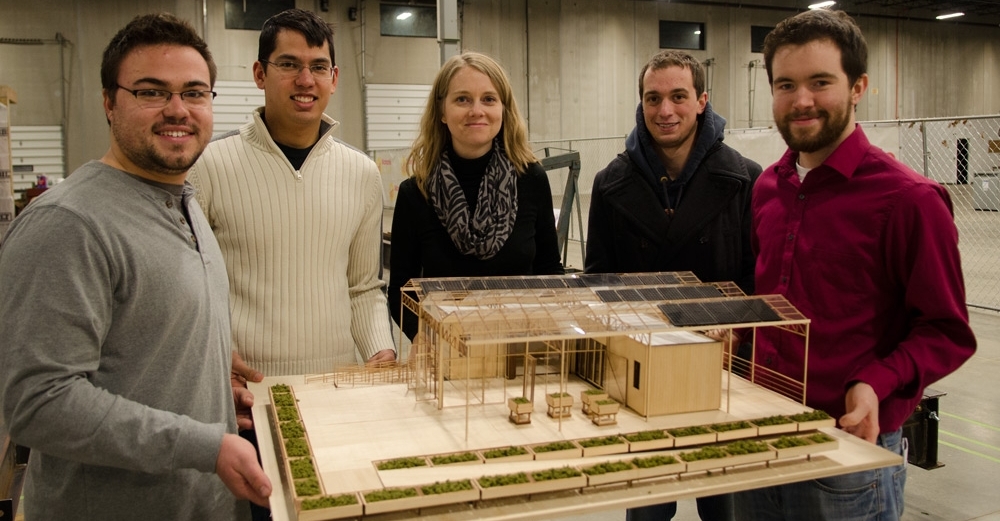From energy cost and supply to making our environments clean and healthy for future generations, sustainable energy is present in every aspect of our lives today.
Last Saturday, we saw how SUNY students are leading the way to a cleaner, greener home life of the future as the University at Buffalo took second place in the U.S. Department of Energy Solar Decathlon 2015. Occurring every two years, this international competition challenges collegiate teams to design, build, and operate solar-powered houses. Also representing SUNY was Alfred State College, which partnered with Alfred University to build a zero-energy home for the competition. In total, the decathlon drew 17 teams of college students from 29 universities across five countries and two continents. Students competed in 10 contests over a nine-day period that assessed each home’s design, build quality, and sustainability. Most notably, the competition provided students with unique training to prepare them for the clean energy workforce.
The first Solar Decathlon was held in 2002 with the purpose of demonstrating to the public the value of energy efficient homes. However, cost effectiveness and energy efficiency are not the only factors considered in the Solar Decathlon. Teams are also judged on affordability, attractiveness, consumer appeal, and design excellence, among other categories. The University of Buffalo scored in the top 5 in every category, taking first place in the Comfort Zone, Commuting, and Energy Balance contests.
UB’s GRoW Home – which stands for Garden, Relax, or Work – took two and a half years to plan and build. Over 200 students across various disciplines including architecture, electrical and mechanical engineering, communications, finance, and art were involved in the project. In addition to building a 1,110-square-foot solar home, UB students went above and beyond, custom designing six pieces of uniquely efficient furniture – including heat-trapping planters, a solar clothes dryer and bench in one, and a a cabinet with curved slots for mason jar storage. Additionally, the home includes a smart energy monitoring system, a combined solarium and greenhouse “Growlarium”, and a solar energy system that produces twice as much energy as the home consumes.
“We were all able to visualize the design as it emerged over the past two years and we’ve fallen in love with that, but to see the house exceed our expectations in performance once we actually set it up and started running it was phenomenal,” said Martha Bohm, GRoW Home faculty advisor and assistant professor of architecture in UB’s School of Architecture and Planning. “We did exceptionally well in the core challenge of this competition, which is making a beautiful piece of architecture perform very well.”
Now that the competition is over, the GRoW Home will be returned to Buffalo and installed permanently next to the School of Architecture and Planning, where it will house a Multi-Scalar Energy Research and Education Center.
You can learn more about the GRoW Home at grow.buffalo.edu.




